American towns built around historical significance often surprise visitors with their natural beauty, which frequently outlasts the human stories that originally drew attention. While tourists come for the preserved buildings and commemorative plaques, locals know these same places offer hiking trails, peaceful rivers, and scenic overlooks that provide more lasting satisfaction than any museum. History brought people here, but nature keeps them coming back.
These destinations prove that the past and the landscape can complement rather than compete with each other. Here is a list of 18 towns where historical importance takes second place to the natural wonders that surround them.
Williamsburg, Virginia
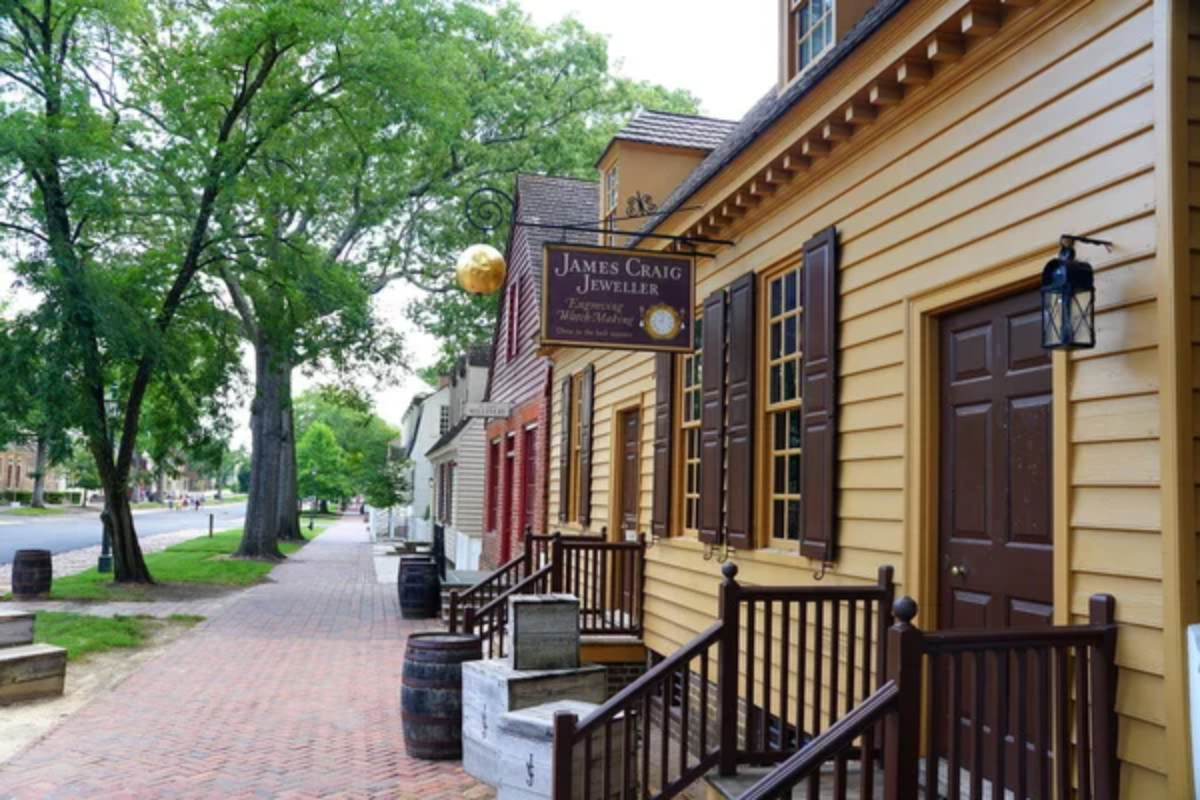
Colonial reenactments and restored buildings attract history buffs to this former capital, but the James River and surrounding woodlands offer more compelling reasons to linger. The Virginia Capital Trail provides 52 miles of paved cycling through forests and wetlands that existed long before English settlers arrived.
Waller Mill Park preserves more than 2,600 acres of forest around a peaceful lake where you can kayak past bald eagles and great blue herons. The Yorktown Battlefield might commemorate military history, but the York River views from the bluffs remind you that geography shapes human events more than the reverse.
Harpers Ferry, West Virginia

John Brown’s failed raid and Civil War battles made this town historically significant, but the confluence of the Potomac and Shenandoah Rivers creates landscape drama that dwarfs human events. The Appalachian Trail passes directly through downtown, offering immediate access to ridge hikes with views that stretch into three states.
Whitewater rafting and tubing transform the same rivers that once powered mills into recreation corridors. The Maryland Heights trail leads to overlooks where you can see why Thomas Jefferson called this spot “worth a voyage across the Atlantic”—though he was talking about the scenery, not the history.
Like Travel Pug’s content? Follow us on MSN.
Bar Harbor, Maine

Proximity to Acadia National Park overshadows this town’s role as a Gilded Age resort destination. Thunder Hole and Cadillac Mountain attract more visitors than any historical mansion, while the carriage roads John D. Rockefeller Jr. built for his estate now serve hikers and cyclists exploring pristine Maine wilderness.
The town itself provides charming lodging and restaurants, but most visitors spend their days on granite cliffs watching Atlantic waves crash below. Frenchman Bay offers sea kayaking among islands that feel untouched despite centuries of human habitation.
Natchez, Mississippi

Antebellum mansions preserve the wealth built on enslaved labor, but the Mississippi River bluffs and surrounding forests provide more honest beauty than any grand home. The Natchez Trace Parkway follows ancient paths used by Native Americans and early settlers through a 444 miles of protected corridor.
Emerald Mound, built by ancestral Native Americans, shows that human history here extends far beyond cotton plantations. The river itself offers stunning sunset views that remind you why people wanted to settle here in the first place.
Gettysburg, Pennsylvania

The Civil War battlefield draws millions of visitors annually, but the rolling Pennsylvania countryside provides the more enduring attraction. South Mountain State Park preserves the Appalachian ridges where the army first clashed, offering hiking trails that lead to waterfalls and scenic overlooks.
The Gettysburg National Military Park’s 6,000 acres include significant forest and meadowland that existed before and after the three-day battle. Cycling the back roads reveals covered bridges and farmland that better represent the area’s continuous character than any monument.
Like Travel Pug’s content? Follow us on MSN.
Sturbridge, Massachusetts

Old Sturbridge Village recreates 1830s New England life, but the Quinebaug River and surrounding forests offer more authentic connections to the past than any demonstration. Wells State Park provides hiking trails through woods that early settlers would recognize, while the river itself powered the mills that made this area historically important.
The Opacum Land Trust preserves additional acres where you can walk the same paths that connected rural communities before industrial development. Canoe and kayak rentals allow exploration of waterways that remain largely unchanged despite centuries of use.
St. Augustine, Florida

Spanish colonial architecture and tourist attractions focus attention on human history, but the Atlantic coastline and Matanzas Bay provide the real draw for repeat visitors. Anastasia State Park protects four miles of beach and ancient dunes just minutes from the historic district.
The Intracoastal Waterway offers excellent fishing and boating through salt marshes that support diverse wildlife. Fort De Soto Park, while historically significant, attracts more visitors for its beaches and bird watching than its military past.
Mackinac Island, Michigan

Victorian hotels and horse-drawn carriages create the historical atmosphere, but Lake Huron views and limestone bluffs provide the Island’s true appeal. The eight-mile island loop road offers spectacular lake vistas that change with weather and season.
Mackinac Island State Park covers 80% of the Island, including trails that lead to historical sites but reward hikers primarily with scenic overlooks. The Grand Hotel’s famous porch provides panoramic water views that guests remember long after forgetting the Victorian-era details.
Like Travel Pug’s content? Follow us on MSN.
Deadwood, South Dakota
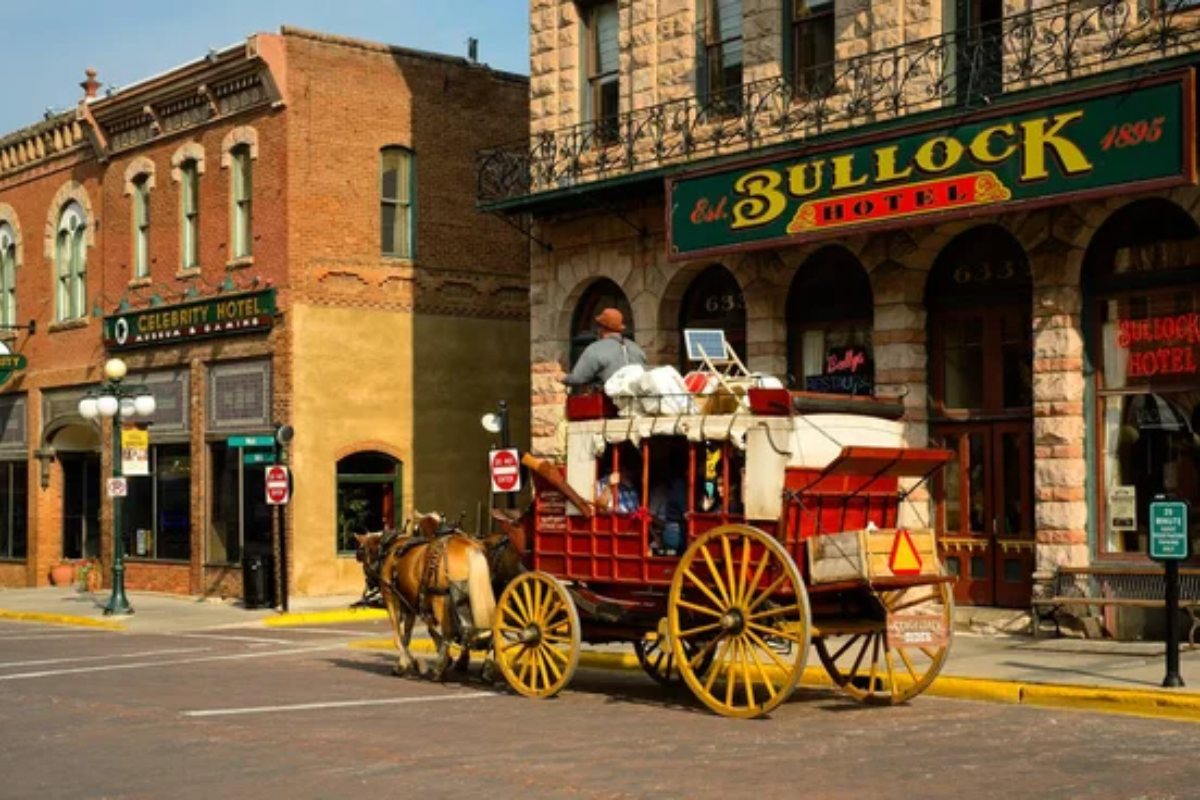
Gold Rush history and Wild West legends draw visitors to this Black Hills town, but the surrounding mountains offer superior adventures to any saloon or casino. The Mickelson Trail follows old railroad beds for 109 miles through some of South Dakota’s most beautiful landscapes.
Deadwood itself perches in a narrow gulch surrounded by ponderosa pine forests perfect for hiking and mountain biking. Nearby Spearfish Canyon provides dramatic scenery with waterfalls and limestone cliffs that rival any national park.
Cooperstown, New York
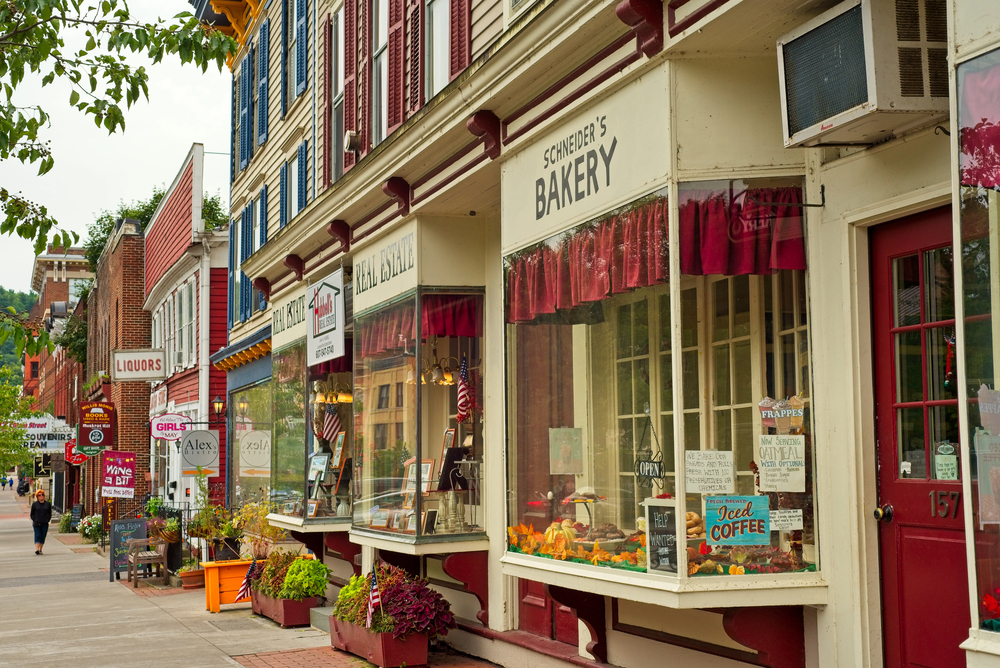
The Baseball Hall of Fame brings sports fans to this Otsego Lake village, but the natural setting provides more lasting appeal than any exhibit. Glimmerglass State Park offers hiking trails along the lake with mountain views across the water.
The lake itself provides excellent fishing and boating opportunities in a setting that inspired James Fenimore Cooper’s novels. The Leatherstocking Trail connects multiple parks and forests around the area, creating extensive networks for hiking and cross-country skiing.
Lexington, Massachusetts

Revolutionary War sites mark where American independence began, but the Minuteman Bikeway and surrounding conservation land offer better ways to explore the area’s character. The Battle Road Trail follows the route of the British retreat through forests that have regrown over historic fields.
Walden Pond, while associated with Henry David Thoreau, attracts more visitors for swimming and reflection than a literary pilgrimage. Great Meadows National Wildlife Refuge preserves wetlands along the Sudbury and Concord rivers, where you can canoe past landscapes that predate human settlement.
Like Travel Pug’s content? Follow us on MSN.
Mystic, Connecticut

The seaport museum recreates 19th-century maritime life, but the Mystic River and nearby coastline provide ongoing connections to the sea that shaped this community. Olde Mistick Village might be artificial, but the surrounding state forests and parks preserve natural areas that early settlers would recognize.
Bluff Point State Park protects the last undeveloped headland on the Connecticut coast, offering hiking trails with Long Island Sound views. The Mystic Aquarium showcases marine life from these same waters that continue to define the region’s character.
Williamstown, Massachusetts
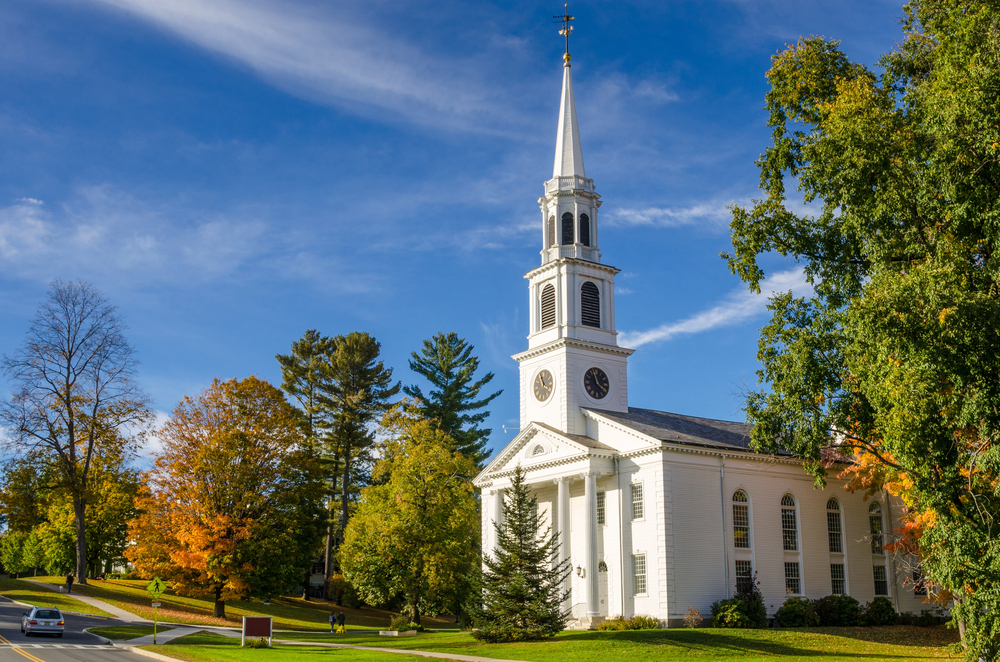
Williams College’s museums and cultural events draw visitors to this Berkshire town, but Mount Greylock and the surrounding mountains provide the real attractions. The Appalachian Trail crosses through town, offering immediate access to ridge walks with views across three states.
The Green River flows through the town, providing swimming holes and fly fishing opportunities that students and visitors discover during warmer months. Stone Hill Center preserves working farmland and forest where you can walk trails that connect the college campus to the broader landscape.
Cold Spring Harbor, New York
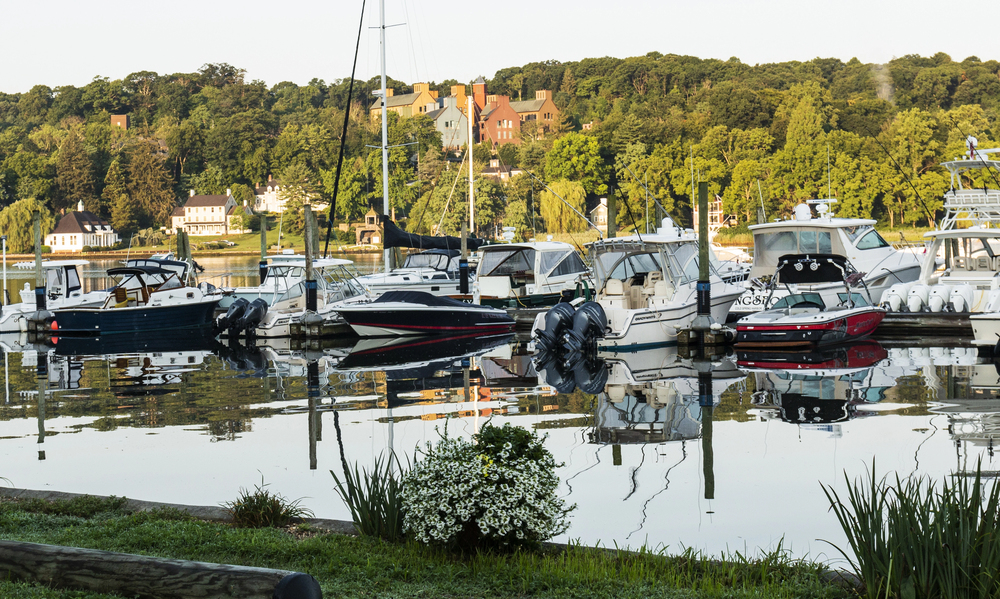
The whaling museum and laboratory preserve Long Island’s maritime heritage, but Cold Spring Harbor itself offers some of the best sailing and kayaking on the North Shore. The harbor’s protected waters provide ideal conditions for learning water sports while observing osprey and other wildlife that return each spring.
Caumsett State Historic Park preserves a millionaire’s estate, but visitors come primarily for its meadows, forests, and Long Island Sound shoreline. The uplands farm and preserve offer hiking trails with harbor views that explain why wealthy New Yorkers chose this location for country homes.
Like Travel Pug’s content? Follow us on MSN.
Wickford, Rhode Island
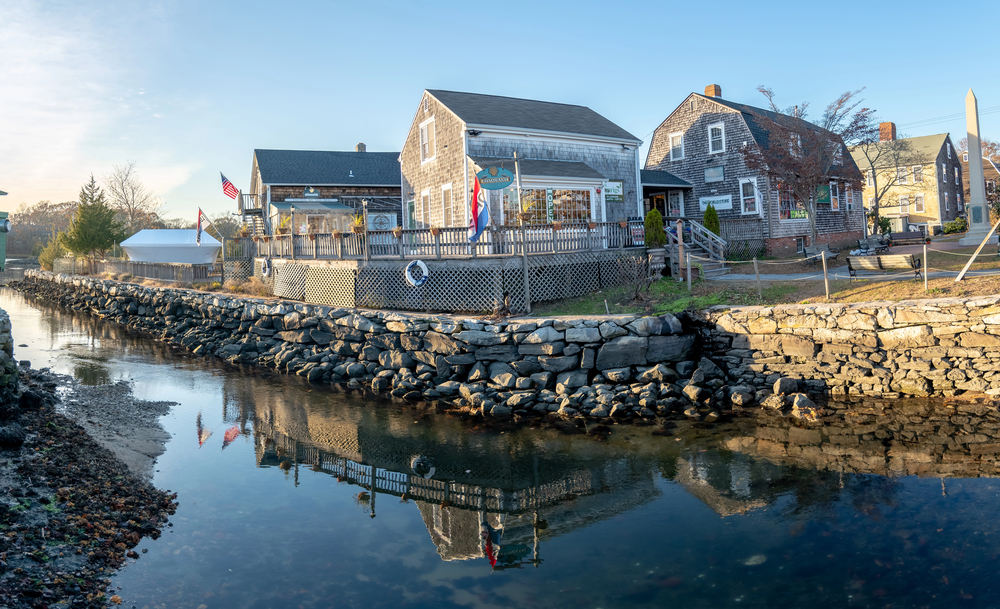
Colonial architecture and historic buildings frame Wickford Harbor, but the bay itself provides the town’s continuing appeal. Kayakers launch from the harbor to explore dozens of small islands in Narragansett Bay, while sailors use the protected waters for both racing and cruising.
Wickford Land Trust preserves walking trails through forests that early settlers cleared and farmed. Wilson Park offers harbor views and beach access that attract more visitors than any historical site.
Madison, Connecticut

Hand Beach and the shoreline preserve draw more visitors than the town’s Colonial and Victorian architecture. Hammonasset Beach State Park protects two miles of Long Island Sound coastline, plus extensive salt marshes and woodlands for hiking and bird watching. The Connecticut River estuary provides excellent fishing and boating through landscapes shaped by both tides and seasonal flooding.
Local land trusts preserve additional open space throughout the area, creating green corridors that connect the town to surrounding forests and farms.
Washington, Connecticut
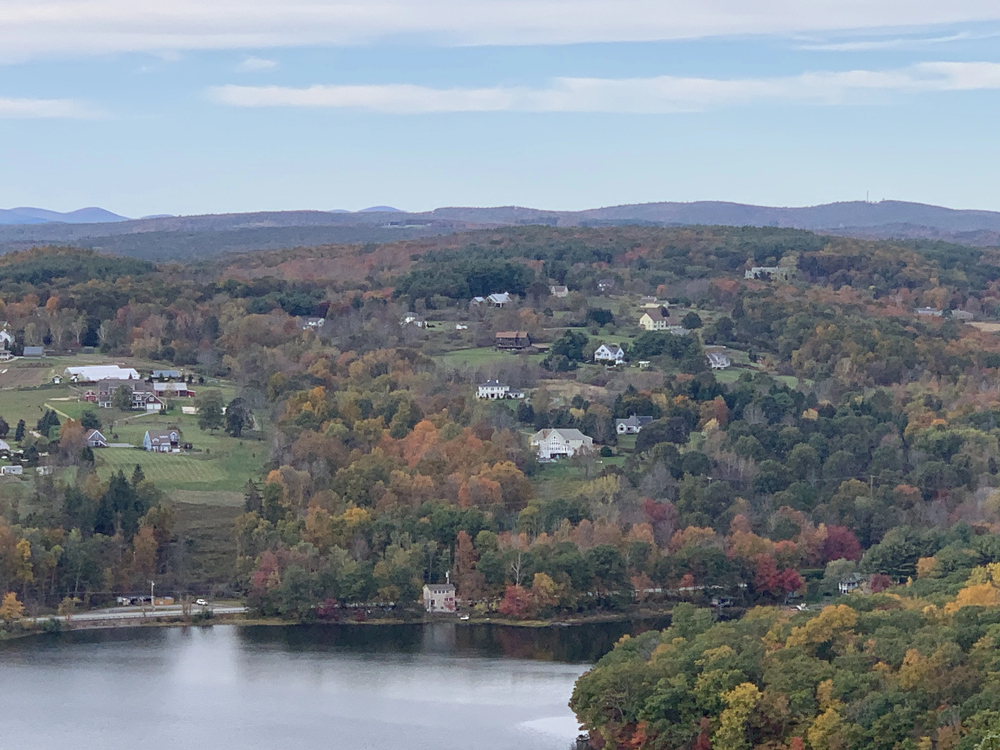
The Gunn Historical Museum and preserved architecture reflect this Litchfield County town’s Colonial heritage, but the Shepaug River and surrounding hills offer more direct connections to the area’s character. The Steep Rock Preserve protects portions of the Shepaug Valley with trails that follow the river through forests and meadows.
Mount Tom State Park provides lake swimming and hiking trails with views over the countryside that early settlers cleared and farmed. Institute for American Indian Studies combines cultural history with nature trails through reconstructed Native American habitats.
Like Travel Pug’s content? Follow us on MSN.
Essex, Connecticut

The Connecticut River Museum and historic waterfront preserve this town’s maritime heritage, but the river itself continues to define daily life here. The Essex Steam Train follows the Connecticut River through landscapes that look much as they did when shipbuilding flourished here.
Great Island, at the mouth of the Connecticut River, provides a habitat for numerous bird species and hiking trails with river and Long Island Sound views. Canoe and kayak rentals allow exploration of river tributaries that early settlers used to transport goods and raw materials.
Landscapes Outlast History

These towns remind us that while human events come and go, the natural features that attracted original settlements continue to offer the experiences visitors remember most clearly. Historical preservation serves important cultural purposes, but it’s usually the trails, rivers, and scenic overlooks that bring people back year after year.
Geography shapes history more often than history shapes geography—a lesson these towns teach through their ongoing relationship with the landscapes that continue to define them long after the events that made them notable have faded into museum exhibits and commemorative plaques.
More from Travel Pug

- Cities Growing so Fast You Won’t Recognize Them in 10 Years
- 13 Destinations Where Tourists Regularly Regret Their Trip
- 16 U.S. Cities That Are Quietly Becoming Travel Hotspots
- Where to Travel If You Love Long Bus Rides and Daydreams
- 20 Cities Perfect for Solo Travelers Who Crave Adventure & Culture
Like Travel Pug’s content? Follow us on MSN.
